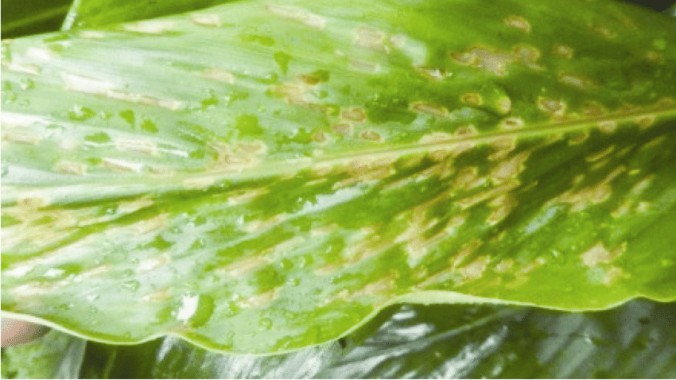




















Sunday, Jul 25, 2021 08:00 [IST]
Last Update: Sunday, Jul 25, 2021 02:28 [IST]
Introduction: Large cardamom (Amomum subulatum Roxb.) also known as “Queen of Spices” belonging to the family Zingibereaceae is one of the most important spice crops cultivated in the sub-Himalayan state of Sikkim. It is reported that the production ranged from 4500 to 5000 metric tons annually covering the area of Sikkim state and the Darjeeling district of West Bengal. This perennial herb has played a significant role in the economy of Sikkim which had tremendous medicinal value besides being used as spices due to its aroma. Sikkim is the largest producer of large cardamom for its seeds where a large section of farmers in North Sikkim and most other parts of Sikkim are engaged in large cardamom cultivation. For years cardamom has been the single most crucial cash crop to these stakeholders. However, in recent times it has shown a steep decline of the large cardamom productivity that has drastically affected the livelihood of a large section of the rural population. Among most of the factors, the diseases proved to be the prime factor. The two most highly infected diseases of large cardamom found in Sikkim are Chirkey and Foorkey which are viral diseases creating havoc in the production and productivity of this crop. Since Sikkim is exclusively organic state since 2015 and the usage of synthetic chemicals is strictly prohibited, therefore, all environmentally friendly approaches like cultural, mechanical, botanicals and biological ways of controlling diseases has been adopted and these has become a great challenge for the agricultural and horticultural scientist to endure effective management of these two viral diseases. Still much of the approaches are indeed needed to be explored with further research methodologies as well as the indigenous technologies that the Sikkim farmers had been utilizing since time immemorial which are of complete natural process suiting to keep ecological balance in the environment.
Chirkey disease: This disease caused by Mosaic Streak Virus consisting of polyhedral particles measuring 40 nm diameters. It is distributed among all four districts of Sikkim namely, East, West, North and South Sikkim.
The disease incidence is medium. The corn aphid Ropholosiphum maydis is the vector for the disease. The disease is also spread by planting infected suckers. The site of infection is the leaves. The disease spreads rapidly and the symptoms can not be identified unless closely observed. The disease is characterized by the mosaic appearance on leaves. The symptom is more prominent on young emerged leaves where discrete pale green to yellow longitudinal strips running parallel to each other can be seen. The flecks measure 2.5 mm and the characteristic mosaic symptoms are also seen. The flowering is greatly reduced thereby reducing the yield with time.
Management of Chirkey disease: Removal of weeds is very important. Always use healthy planting material and control aphid vectors. Treatment of planting materials with Pseudomonas fluorescens @0.5%. is very effective. Commercially available formulation of entomopathogenic fungi (Beauveria bassiana) Mycotrol or Biosoft @ 3.0g/l, Vertalec or Inovert or Biocatch (Verticillum lecanii) @ 3.0g/l, Prioroty (Paecelomyces fumosoroseus) @2.5ml/l should be applied. Time to time inspection of the diseased plants with the utilization of certified virus free plants is essential for the management of Chirkey disease. Early identification of the diseased plants, uprooting and burning helps reduce spread the spread of the viral diseases. Avoid collecting planting materials from infected gardens. Establish nurseries about 500 m away from the plantation in order to avoid aphid
Foorkey disease: This disease is caused by an isometric virus particle of 17 to 20 nm named Cardamom bushy dwarf virus and it is distributed in all four districts of Sikkim. The disease incidence is high. It is transmitted through banana aphid Pentalonia nigronervosa. Diseased plants survive for few years but remain sterile and unproductive. The site of infection is on the leaves. The symptoms of the disease are production of bushy growth of stunted shoots which are sterile. The affected plants produce profuse stunted shoots which fail to produce flowers. The leaves become small, lightly curled and pale green in colour. The inflorescence becomes stunted, thereby producing no flowers and fruits. The capsule size reduced and chaffy.
